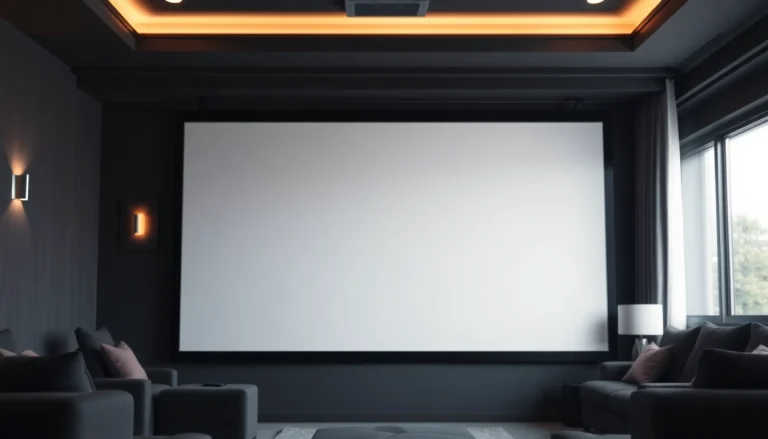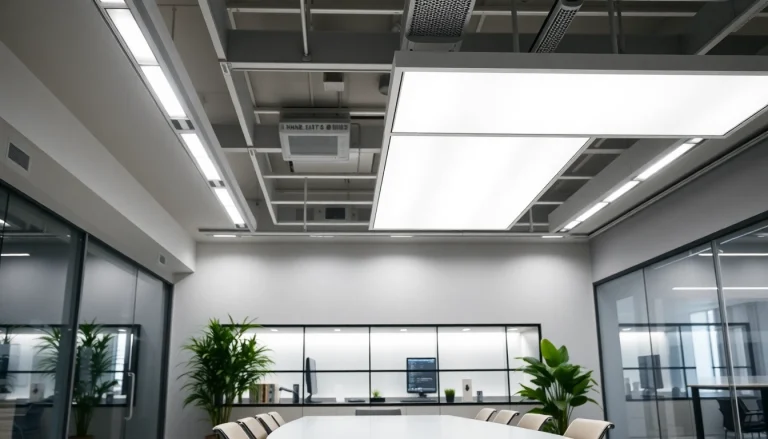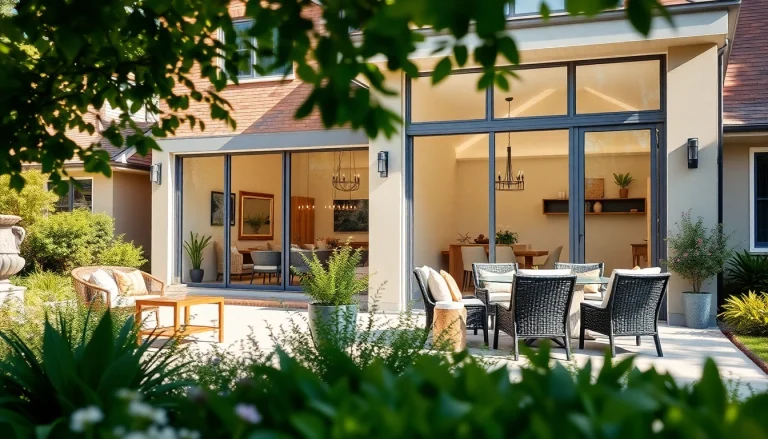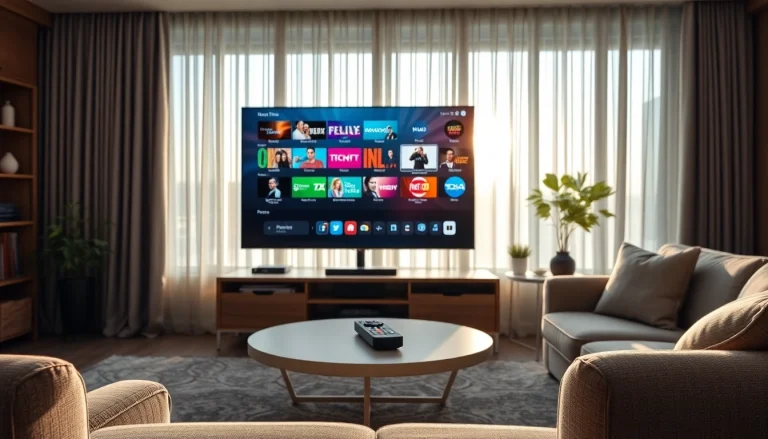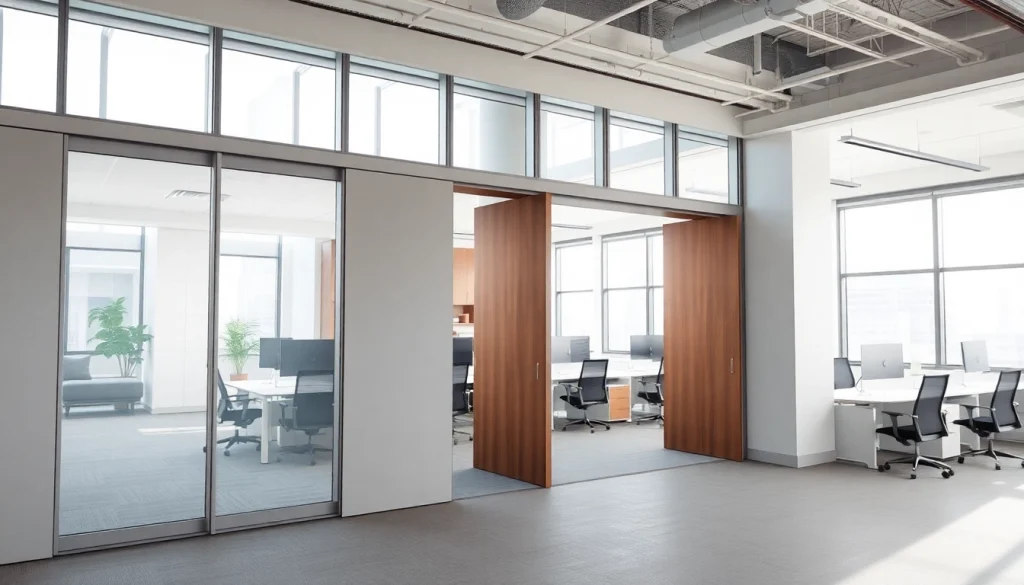
Introduction to Sliding Partition Walls
In an ever-evolving world where space optimization has become crucial, the sliding partition wall serves as an innovative solution for both residential and commercial spaces. This versatile feature allows for the seamless division of areas, responding to the growing need for functional and adaptable environments. From office settings seeking to create collaborative zones to homes that desire flexible living arrangements, the sliding partition wall has become a staple in modern design.
What is a Sliding Partition Wall?
A sliding partition wall is a movable barrier that can be extended to create distinct spaces or retracted to open up a larger area. It operates on a track system, allowing for smooth transitions between layouts. These walls can be crafted from various materials, including glass, wood, or fabric, adapting to the aesthetic needs of any environment. Unlike traditional fixed walls, sliding partition walls provide greater flexibility, enabling users to alter room configurations as required.
Benefits of Installing Sliding Partition Walls
Sliding partition walls offer numerous advantages that make them an attractive choice for both commercial and residential settings. Some key benefits include:
- Space Optimization: These walls allow for the practical use of limited space by providing versatility, enabling users to create separate environments suitable for work, leisure, or dining.
- Enhancing Privacy: In open-plan designs, sliding partitions can provide privacy when needed, allowing individuals or groups to work without distraction.
- Acoustic Control: Many sliding partition walls possess sound-dampening qualities, making them ideal for environments that require quiet and focus, such as conference rooms or study areas.
- Design Versatility: Available in various materials and styles, sliding partition walls can be customized to fit seamlessly into any decor, enhancing the overall aesthetic of a space.
- Cost-Effectiveness: By eliminating the need for extensive renovations, sliding partition walls can be a more budget-friendly option for maximizing the functionality of a space.
Applications in Various Settings
Sliding partition walls have applications in numerous settings, showcasing their versatility and functionality:
- Office Spaces: They can be used to create meeting rooms or collaborative areas, promoting flexibility in work environments.
- Residential Areas: Commonly utilized in homes, sliding partitions can separate kitchens from dining areas or create temporary guest rooms.
- Event Venues: In spaces that host various functions, sliding partitions facilitate the creation of custom setups for different events.
- Healthcare Facilities: They can be used to create temporary patient rooms or private consultation areas, enhancing patient comfort and privacy.
Types of Sliding Partition Walls
Movable vs. Fixed Options
When considering sliding partition walls, it’s crucial to understand the differences between movable and fixed options:
- Movable Partition Walls: These are designed to be frequently adjusted and reconfigured. They often employ track systems for easy manipulation, suitable for dynamic environments.
- Fixed Partition Walls: In contrast, fixed partitions remain in place once installed, providing a permanent solution for dividing spaces. While they don’t offer the same flexibility, they may be more suitable for long-term layouts.
Material Choices for Durability and Aesthetics
The materials used for sliding partition walls significantly impact their durability and visual appeal. Common materials include:
- Glass: Glass sliding walls create an open, airy feeling while allowing natural light to flow. They are often used in modern office spaces to maintain a contemporary aesthetic.
- Wood: Wooden partitions add warmth to interiors and can be custom designed to match existing decor. They are durable but require maintenance to prevent wear and damage.
- Fabric: Fabric panels are lightweight and often used for temporary divisions. They can be printed with various designs, allowing users to create a unique look.
Comparing Acoustic Properties
Acoustic properties are a critical consideration when selecting sliding partition walls, especially for areas where sound control is vital. Options with enhanced sound insulation are available, designed to minimize noise transfer between areas:
- Heavyweight Materials: Acoustic panels made from dense materials can effectively reduce noise pollution between spaces.
- Sealed Edges: Ensuring that partition panels fit closely and are properly sealed can significantly enhance their sound-dampening effectiveness.
- Double-Wall Technology: Some modern solutions utilize a double-wall design that not only provides enhanced acoustics but also improves insulation.
Installation Considerations for Sliding Partition Walls
Key Factors to Ensure Proper Fit and Function
Installing sliding partition walls requires careful planning and execution to ensure a perfect fit and optimal functionality:
- Measurement: Accurate measurements are essential to avoid gaps or misalignments.
- Structural Support: Ensure that the ceiling and wall structures can support the added weight of the partition system.
- Track Alignment: Install tracks level to prevent the sliding mechanism from malfunctioning.
Tools and Materials Needed
Before installation can start, gather all necessary tools and materials. This includes:
- Power drill and screws
- Level for ensuring track alignment
- Measuring tape to obtain accurate dimensions
- Safety gear such as gloves and goggles
Common Mistakes to Avoid During Installation
Avoiding common pitfalls during installation can save time and ensure longevity:
- Neglecting Surface Preparation: Failing to prepare the installation surface can lead to poor adhesion and misalignment.
- Improper Support Installation: Not securing the track properly can hinder functionality and lead to accidents.
- Ignoring Manufacturer Instructions: Always follow the manufacturer’s guidelines for best results and warranty compliance.
Design Tips for Sliding Partition Walls
Choosing the Right Style for Your Space
Selecting a style that complements the existing decor is crucial. Consider the structure of your space and the atmosphere you aim to create:
- Modern Aesthetics: Opt for minimalist designs with sleek finishes for contemporary spaces.
- Rustic Charm: Choose wooden partitions for a cozy, rustic feeling that adds character.
- Custom Designs: Work with designers to create unique installations that reflect personal style.
Incorporating Color and Texture
The use of color and texture can dramatically alter the feel of a space:
- Bold Colors: Use bold colors for dynamic spaces that need stimulation and creativity.
- Subtle Textures: Soft fabrics or textured wood can enhance warmth and comfort.
- Transparent Options: Consider frosted glass for a light-enhancing effect while maintaining privacy.
Creating Flow Between Open and Closed Spaces
Designing spaces that can easily transition from open to closed is key in maximizing usability:
- Complementary Elements: Use similar materials and colors across both spaces to create a cohesive look.
- Incorporating Lighting: Ensure both spaces have adequate lighting to enhance the illusion of continuity.
Enhancing Functionality with Sliding Partition Walls
Maximizing Space in Small Areas
Sliding partition walls are especially beneficial for small areas by enabling flexible arrangements:
- Multi-Functional Rooms: Create distinct zones for different activities within a single room while maintaining an open-plan feel.
- Temporary Solutions: Use movable partitions to increase versatility, allowing for easy reconfiguration as needs change.
Custom Solutions for Unique Requirements
For spaces with specific needs, custom sliding partitions can be designed:
- Adjustable Heights: Create partitions that can be adjusted to different heights depending on the necessity of openness or privacy.
- Unique Shapes: Non-standard layouts can be accommodated through custom designs, adding creative flair to the environment.
Integrating Technology with Design
Modern sliding partition solutions can effortlessly integrate technology, enhancing functionality:
- Automated Systems: Invest in motorized sliding walls that can be controlled via remote, making transitions easier.
- Smart Glass: Utilize electrochromic glass that can transition from transparent to opaque with the swipe of a finger, combining privacy with elegance.
